The evolution of the marijuana plant has developed over thousands of years, adjusting to different environments worldwide with the two major types, Indica vs Sativa, gaining significant traction and sparking – literally and figuratively – vast debate regarding their unique effects.
However, nobody would have guessed that this split’s result would be a dichotomy that divides the entire cannabis industry to this day.
That said, with the introduction of new strains, the stark contrasts may not be as clear and defined as previously thought.
In the following guide, we will discuss the apparent differences between Indica vs Sativa strains, their distinct effects, and the importance of terpenes.
While you may prefer one over the other, we hope you read this guide with an open mind. If so, you may just come out from this experience with an entirely new outlook on the Indica vs Sativa debate.
Characteristics of Indica Strains
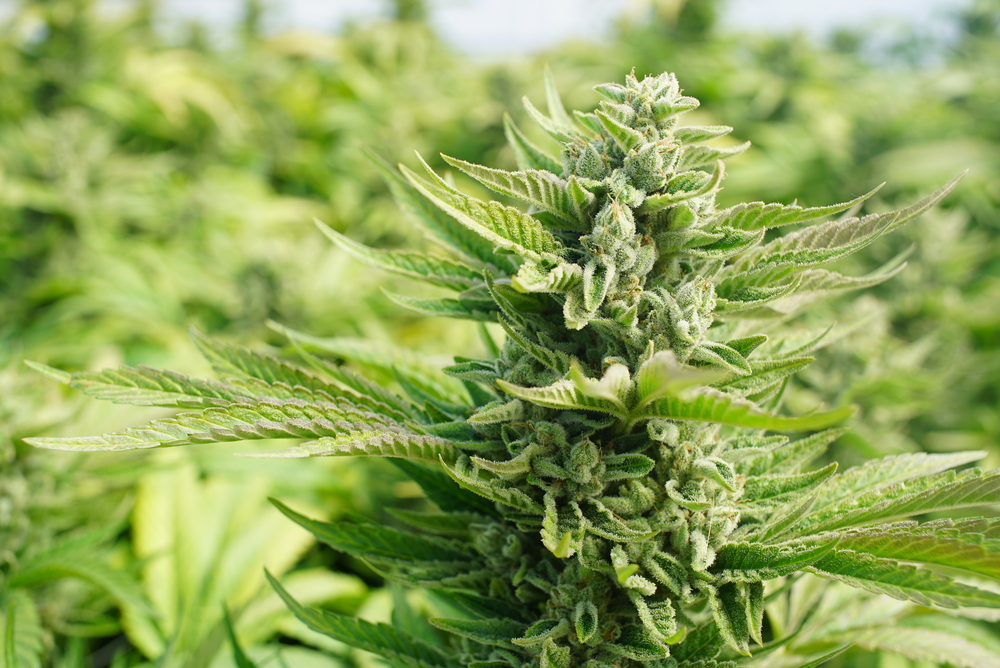
According to Indica vs Sativa lore, Indica strains are sedating, muscle-relaxing, and sleep-promoting. Therefore, they are advised for those seeking the couch-lock effect or looking to get a solid night’s sleep.
In this way, many believed for an extended period of time that Indica strains were indicative of the “traditional” stoner high that has you sitting at home on the couch with your hand in a bag of Fritos to quell the inevitable case of the munchies.
There is some truth to this claim. While multiple cannabis strains have been known to stimulate appetite, pure Indicas are believed to be some of the most prevalent for inciting this effect.
With this in mind, if you’re looking for an energizing strain to help you socialize, it is generally accepted that you should avoid Indica cultivars. Opposingly, if you prefer a body high over the head high effects, Indica strains tend to be the way to go.
In terms of composition, Cannabis Indica buds tend to be larger and denser than Sativa buds. Indica plants are also shorter, bushier, and more densely packed. They are also said to contain a higher CBD to THC ratio compared to Sativa strains.
These physical characteristics are a result of the climate and geography where this strain evolved. Furthermore, Indica plants have a shorter cultivation period. Historically, they grew in windy places with plenty of sunlight, which encouraged a more stocky structure and plenty of energy to quickly produce leaves and buds.
Examples of some of the most popular Cannabis Indica strains include Northern Lights, Hindu Kush and Granddaddy Purple.
Characteristics of Sativa Strains
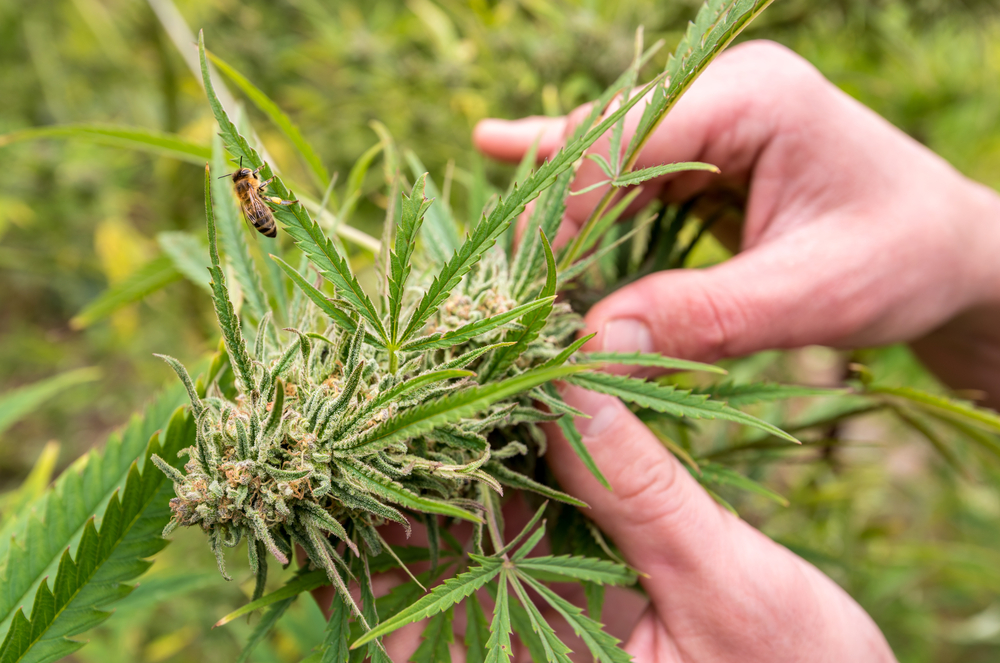
As the Sativa vs Indica debate goes, Sativa strains tend to be more stimulating, creativity-inducing and energizing. So, if you are looking for a daytime high that still allows you to be functional, people often suggest going with a Sativa. However, it is important to make sure you keep your dosage low.
As you can likely determine, the Indica vs Sativa debate tends to center around whether you desire uplifting or sedating effects. Furthermore, cannabis users who are more sensitive to the anxiety-inducing potential of THC tend to report more problems with Sativa cultivars.
Cannabis Sativa buds tend to be smaller and less dense than their Indica counterparts. Even high-quality, well-cultivated Sativa plants can result in popcorn bud.
For those who may be unaware, popcorn bud is a term that refers to cannabis buds that are the size of if not smaller than popcorn. Sometimes used to refer to lower-grade marijuana, this is not necessarily the case.
That said, don’t let their size fool you, as you’ll find plenty of THC packed inside and outside of Sativa buds.
Cannabis Sativa plants are also taller, sparsely packed with buds, and less bushy.
Like Indica plants, Sativa plants developed their physical features due to local climate and geographical factors. The cooler climates and reduced sun exposure led these plants to reach for the sky in their fight for sunlight.
What’s more, the differences in longitudinal positioning globally led to a longer cultivation timeframe for Sativa strains than Indica strains.
Examples of popular Cannabis Sativa strains include Jack Herer, Sour Diesel, and Durban Poison.
Why the Classification of Indica vs Sativa is Becoming Less Relevant

Whenever you enter a dispensary searching for cannabis products, there is one question that customers are likely to hear: Indica vs Sativa?
However, as you will soon discover, this question, and any subsequent answers, may mean a whole lot less than many cannabis consumers might think.
Ultimately, the primary driver of a cannabis high is tetrahydrocannabinol (THC), which is why you should always pay attention to THC levels no matter what type of cannabis you prefer.
Lower THC concentrations tend to promote effects such as sedation, relaxation and couch-lock, while larger amounts of THC encourage energy, uplifted mood, and creativity. However, they could also potentially lead to adverse effects like anxiety or insomnia for those sensitive to it.
Many consumers also care more about CBD levels. More specifically, if you are ingesting cannabis for medicinal purposes, you likely should pay more attention to CBD content than strain type.
High-CBD strains tend to be a hybrid or Indica-dominant cultivar, but you can find it in all sorts of cannabis. Hybrid strains of marijuana plants tend to have more balanced levels of cannabinoids, but not always. The average consumer is more likely to consume hybrids than find any true pure species of marijuana: Indica vs Sativa.
One reason why the difference between Indica vs Sativa strains is shrinking is due to these hybrid strains. Today, many strains available on the cannabis market are likely not to be ‘pure’ Indica or Sativa.
If you can find pure landrace strains, they are likely cultivated in their original locales. These seeds have been spreading around the world for decades as breeders cultivated new strains.
Most strains have plants of both Indica vs Sativa varieties in their historical lineage. Hybrid strains have been bred and cultivated to maximize the desired characteristics from both. For example, breeding has shortened the Sativa growing timeframe and encouraged higher CBD content.
Another example would be autoflowering seeds and cannabis plants. Every autoflowering cannabis plant created was made using a third cannabis plant variety. This often-forgotten third strain is called Cannabis ruderalis.

This strain is basically a breakaway literal-weed that can still be found growing throughout Russia and other regions with similar climates. These cannabis plants evolved to be autoflowering, and it was the genetics of this plant that has created all other autoflowering cannabis plants in existence.
For those who may not know, autoflowering cannabis strains are those that automatically switch from vegetative growth to the flowering stage based on their age as opposed to another type of plant, photoperiod cannabis, which requires shifts of being exposed to light and darkness to trigger flowering.
With these updates in information considered, it is time to move away from the stark Indica vs Sativa dichotomy as it is not as cut and dry as previously thought.
The reasoning behind this categorical debate is that Indica vs Sativa plants are essentially the same, just with unique chemical profiles. For example, think of different types of apples. They’re all apples, but they come in different shapes, sizes, colours, and flavors.
The Role of Terpenes
So, if there isn’t much difference between Indica vs Sativa strains, what should we focus on? The answer to this question is a simple one, the terpenes. These flavour and smell-producing compounds are vast in type and number.
There are so many different combinations and concentrations of terpenes to be found across all cannabis strains. Terpenes can even change from harvest to harvest, so no two consecutive buds are identical even when using the same clones.
Cannabis Indica vs Sativa strains both produce THC and CBD. You can find high-THC, high-CBD, and balanced strains that fall under each of these categories. It is the terpenes that really differentiate all the various strains of cannabis. These terpenes have direct therapeutic implications, with some being stimulating while others are more sedating.

There are far too many terpenes to discuss them all in this article, but we’ll provide a few examples. Myrcene is a musky-scented terpene with THC-enhancing effects. Pinene, found in pine trees, is stimulating and promotes alertness. Finally, humulene is an earthy and woody scented terpene that helps to suppress appetite.
Many people point to the differences in terpene profiles across strains as being what makes the real difference in their effects. For example, you can find an Indica or Sativa strain with the same THC and CBD percentage, yet they can produce very different effects.
In this way, when it comes to Indica vs Sativa strains, it is the combination of cannabinoids and terpenes that truly differentiates each strain of cannabis.
The synergistic combination of cannabinoids and terpenes that enhances outcomes is called the entourage effect. When it comes to using cannabis for therapeutic or medical reasons, exploring the entourage effect and identifying the strains that may be best for you is strongly encouraged. For recreational consumers, pay less attention to Indica, Sativa, or hybrid strain categories and focus more on the THC/CBD concentrations and specific terpene profile.
Whether you enjoy Indica or Sativa strains may largely have resulted from the various terpenes present in that particular strain.
Indica vs Sativa – It’s Not so Black & White
If you were once a passionate Indica or Sativa advocate, as have now hopefully concluded, the classifications are no longer as practical or relevant as they once were. So, it may be time to broaden your horizons.
With the invention and development of hybrid cannabis strains, users can now enjoy the best, most desirable qualities of both plant variants in one convenient strain. Additionally, as we have now learned, there are more important factors to consider when determining which cannabis variant is for you. One of the most crucial is the cannabinoid and terpene profile.
Part of the appeal of cannabis is the wide variety of options to choose from and experiment with. In this way, if you have been biased towards Indica or Sativa in the past, we would highly recommend trying variants of each and hybrid strains to help objectively determine what works best for your particular needs.
Whatever you choose to go with, it is always best practice to ensure that you are purchasing your cannabis products from a reliable and trustworthy dispensary.
Stay safe and happy experimenting!

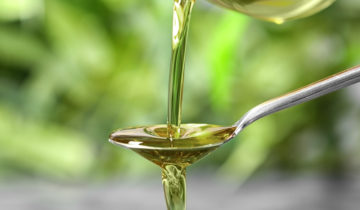
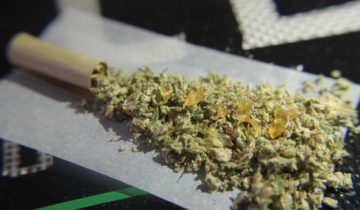
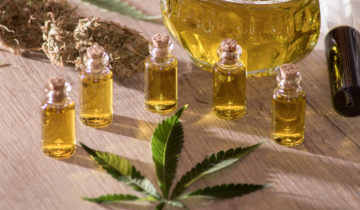
 No products in the cart.
No products in the cart.